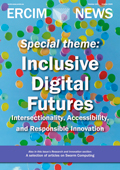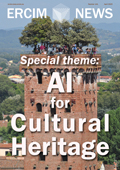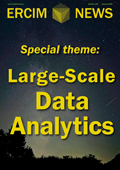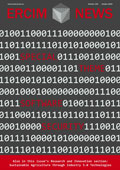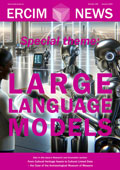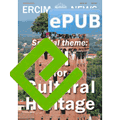by Gizealew Alazie Dagnaw and Henry Muccini (University of L’Aquila)
Federated Digital Twin (FDT) technology, enhanced by Artificial Intelligence (AI), is revolutionising cultural heritage preservation. By enabling decentralised, collaborative monitoring, predictive analytics, and immersive interactions, FDTs ensure the longevity, accessibility, and sustainability of historical sites. This innovative approach optimises conservation strategies through multi-institutional cooperation, paving the way for future advancements in heritage management.
Cultural heritage sites face growing threats from climate change, pollution, and human activities. Traditional preservation methods often fall short in providing real-time monitoring and predictive capabilities, leading to potentially irreversible damage [1]. Federated Digital Twin (FDT) technology, powered by Artificial Intelligence (AI), offers a transformative solution by creating decentralised virtual models of cultural heritage sites. These models enable real-time insights, predictive conservation, and enhanced public engagement [2]. FDT systems facilitate collaboration among multiple institutions, allowing for data aggregation without compromising sensitive information. Through federated learning and AI-powered models, these virtual twins provide critical insights into site evolution under various conditions, enabling proactive interventions and risk reduction. Furthermore, the integration of real-time environmental data and structural analysis optimises conservation efforts and enhances decision-making [3]. Extended Reality (XR) technologies are also being combined with Digital Twins to create immersive and interactive heritage experiences [1].
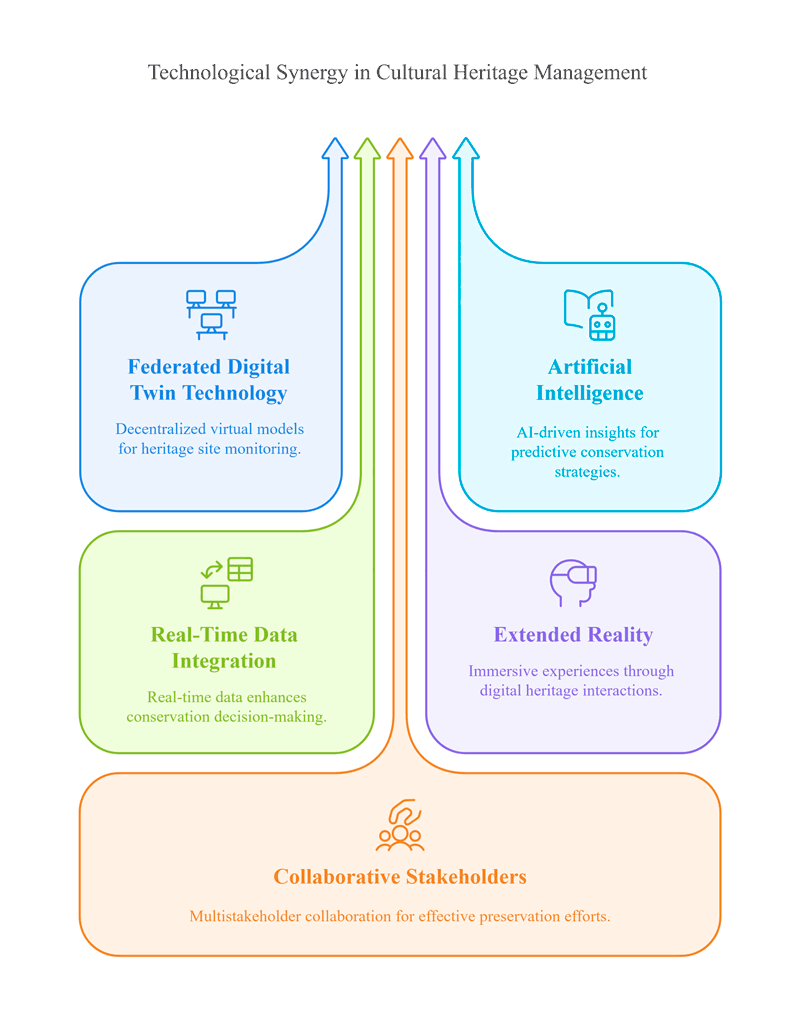
Figure 1: AI-powered Federated Digital Twin framework.
This project is conducted under the National Recovery and Resilience Plan (PNRR) at the University of L'Aquila, Italy, fostering collaboration among multiple stakeholders including museum administrations, software engineering research groups, and AI research groups. Running from November 2024 to December 2025, this interdisciplinary effort aims to enhance cultural heritage preservation through innovative technological solutions. The objective is toinvestigate AI-powered Federated Digital Twins for cultural heritage preservation, with a focus on decentralized data collaboration, automated monitoring, predictive conservation, and interactive heritage experiences.
Federated Digital Twin Approach
The core innovation of this project lies in the application of Federated Digital Twin (FDT) technology. Through FDT, multiple heritage institutions can collaborate on preservation efforts without sharing sensitive data [2]. This approach aggregates localised insights from various sites, enabling the development of robust and accurate predictive models for conservation. FDTs are particularly suited for monitoring cultural heritage sites across different institutions while maintaining data privacy. For instance, federated learning algorithms allow cultural heritage sites in different regions to share insights on deterioration patterns, structural vulnerabilities, and environmental risks, facilitating the development of adaptive preservation strategies. The decentralised nature of FDTs also supports efficient, large-scale data analysis while minimizing computational overhead.
Contributions from the Federated Digital Twin Perspective
Our research aims to optimise the application of FDT technology in real-world cultural heritage settings. The primary contribution is the integration of FDTs for predictive analysis and conservation decision-making across multiple museums in L’Aquila, Italy. The project specifically simulates the MuNDA (Museo Nazionale d'Abruzzo), Amiternum, il Castello (Spanish Fort), and MAXXI L'Aquila museums. By employing federated learning algorithms, we enable these institutions to optimise resource management, mitigate risks, and enhance the visitor experience through coordinated strategies based on real-time data and predictive simulations. The Federated Digital Twin approach facilitates continuous improvements as data is aggregated from various sites, resulting in richer and more accurate models for future predictions and intervention strategies.
Conclusion
Federated Digital Twins are poised to revolutionize cultural heritage preservation by enabling decentralised, collaborative decision-making, predictive conservation, and interactive digital reconstructions. These intelligent systems provide a dynamic, data-driven approach to heritage management, enhancing the sustainability and accessibility of historical sites while minimizing the risks associated with traditional preservation methods. By integrating AI-powered models and federated learning, FDTs offer a promising future for the proactive and efficient conservation of cultural heritage.
References:
[1] F. Bruno, et al., “From 3D reconstruction to virtual reality: A complete methodology for digital archaeological exhibition,” J Cult Herit, vol. 11, no. 1, pp. 42–49, 2010, doi: 10.1016/j.culher.2009.02.006.
[2] L. Bonorden et al., “Decision-Making About Federated Digital Twins - How to Distribute Information Storage and Computing,” in Lecture Notes in Informatics (LNI), Proceedings - Series of the Gesellschaft fur Informatik (GI), Gesellschaft für Informatik (GI), 2022, pp. 49–64. doi: 10.18420/modellierung2022-006.
[3] N. Moretti, et al., “Federated data modelling for built environment Digital Twins.”
Please contact:
Henry Muccini, University of L'Aquila, Italy
Gizealew Alazie Dagnaw, University of L'Aquila, Italy

